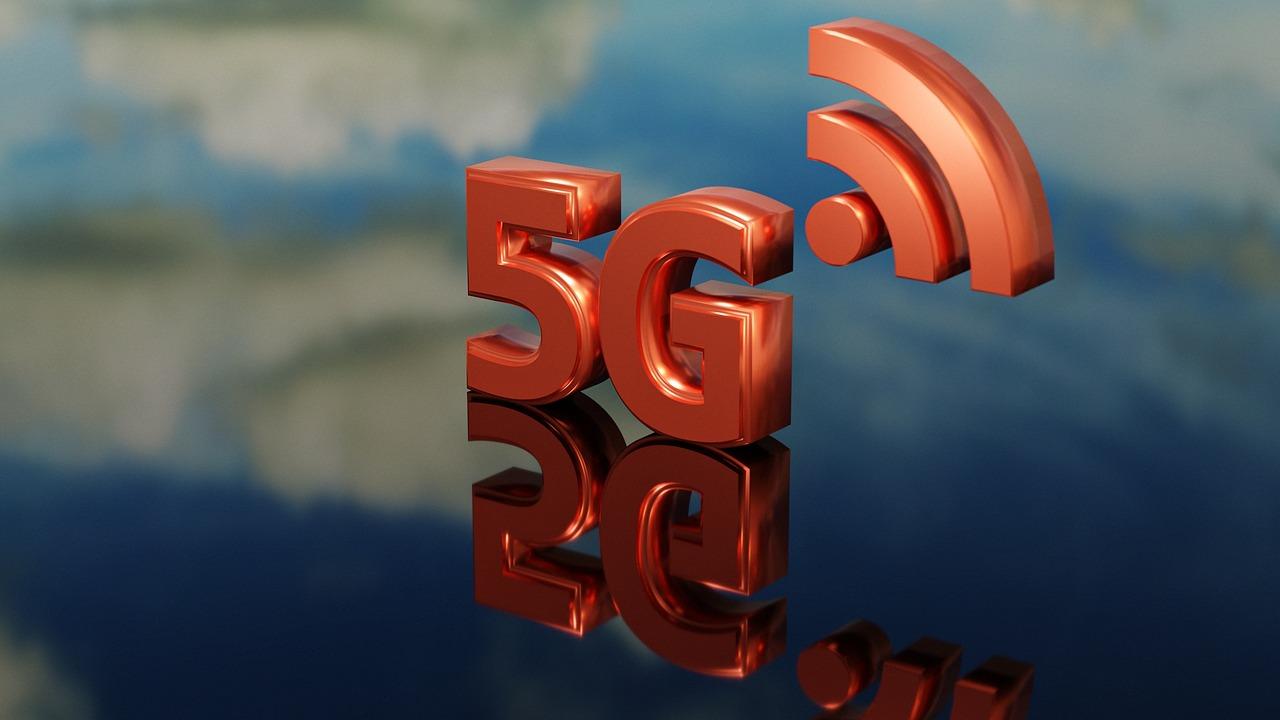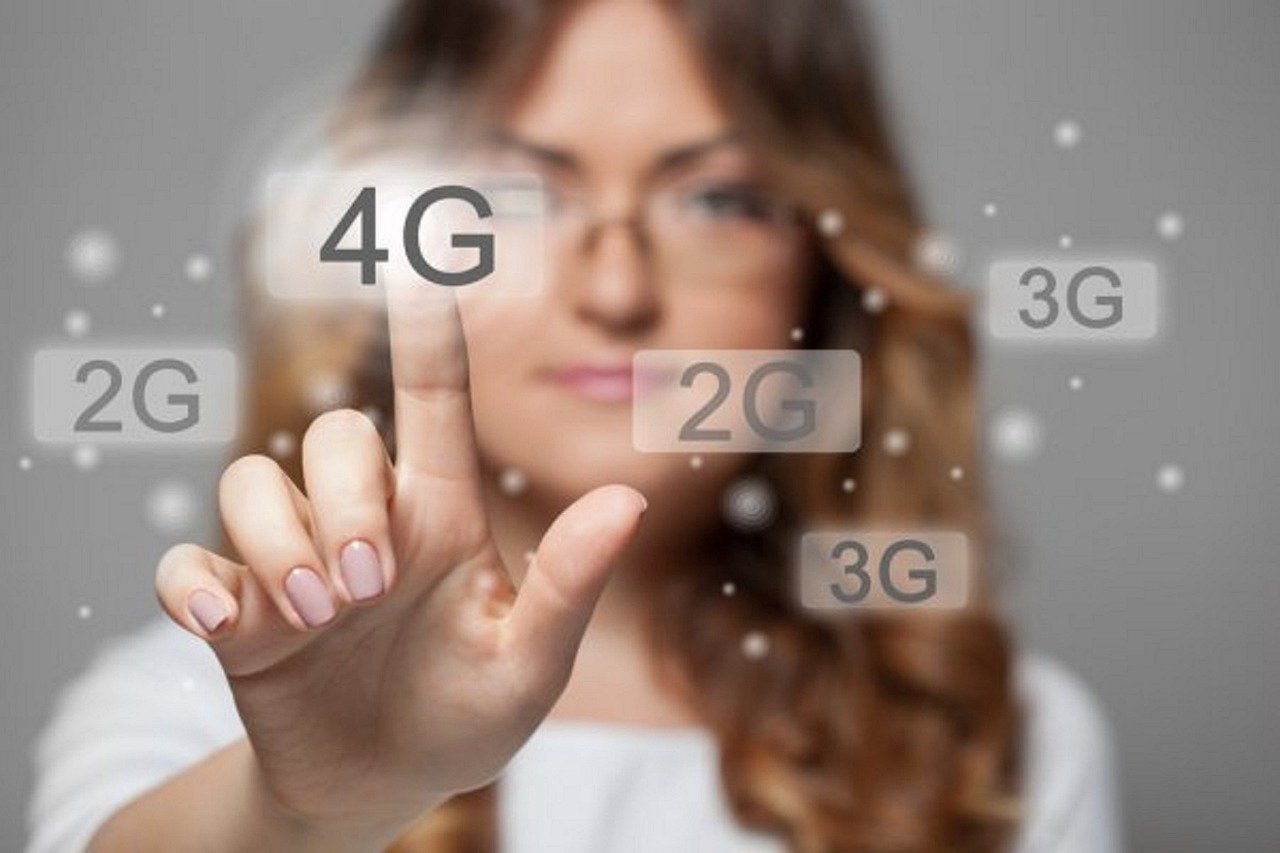The Era of 1G: The Birth of Mobile Telephony
The dawn of mobile communication began with the introduction of 1G technology in the 1980s. This groundbreaking development marked the first step towards a wireless future, revolutionizing the way people communicated. 1G networks laid the foundation for the mobile revolution we experience today, despite their limitations and primitive nature compared to modern standards.
Key Features of 1G
1G technology was characterized by its use of analog signals for voice transmission. This pioneering system allowed for basic voice calls but was limited in its capabilities. The hallmarks of 1G included:
- Large, bulky phones with limited battery life
- Analog voice calls with no data capabilities
- Frequency range of 824-894 MHz
- Circuit-switched technology for call routing
Notable 1G devices that defined the era include:
- Motorola DynaTAC 8000X
- Nokia Cityman 1320
- Ericsson Hotline 450
These devices, while revolutionary for their time, were far from the sleek, multifunctional smartphones we use today. They were primarily used by business executives and wealthy individuals due to their high cost and limited practicality for everyday use.
Limitations of 1G
While 1G technology was groundbreaking, it came with significant limitations that paved the way for future improvements. The primary constraints of 1G networks included:
| Limitation | Description |
|---|---|
| Poor Voice Quality | Analog signals were susceptible to interference and static |
| Limited Coverage | Network coverage was often restricted to urban areas |
| Lack of Security | Calls could be easily intercepted with radio scanners |
| Low Capacity | Networks could only handle a limited number of simultaneous calls |
| No Roaming | Users were confined to their local network area |
These limitations drove the need for more advanced mobile technologies, leading to the development of digital systems in subsequent generations.
The Rise of 2G: Digital Revolution
The transition from 1G to 2G technology marked a significant leap in mobile communications. Introduced in the early 1990s, 2G networks brought about the digital revolution in cellular technology. This shift from analog to digital signaling not only improved voice quality but also paved the way for new services that would transform mobile communication.
Introduction of SMS and MMS
One of the most impactful innovations of 2G was the introduction of Short Message Service (SMS) and later, Multimedia Messaging Service (MMS). These services revolutionized how people communicated, allowing for quick, text-based exchanges and later, the sharing of images and short videos.
Key milestones in SMS and MMS adoption:
- 1992: The first SMS is sent in the UK
- 1993: Nokia introduces the first SMS-capable phone
- 1999: SMS becomes cross-network capable in the UK
- 2002: MMS is introduced, allowing for rich media sharing
- 2007: SMS usage surpasses 1 trillion messages sent globally per year
The introduction of these messaging services laid the groundwork for the text-centric communication we see today in various messaging apps and social media platforms.
Enhanced Security and Capacity
2G networks brought significant improvements in call quality, encryption, and network capacity. The shift to digital technology allowed for more efficient use of the radio spectrum, enabling more users to connect simultaneously.
| Benefit | Digital (2G) | Analog (1G) |
|---|---|---|
| Call Quality | Clear, consistent voice quality | Prone to interference and static |
| Security | Encrypted calls and messages | Easily intercepted |
| Capacity | Higher user capacity per cell | Limited capacity |
| Battery Life | Improved efficiency | Poor battery performance |
| Data Services | Basic data services (SMS, MMS) | Voice calls only |
These advancements in 2G technology set the stage for the mobile data revolution that would follow with subsequent generations. The improved efficiency and security of digital networks made mobile phones more practical for everyday use, contributing to their widespread adoption.
The Expansion with 3G: Data and Internet

The advent of 3G technology in the early 2000s marked a significant milestone in mobile communication, ushering in the era of mobile internet and data services. This generation of mobile technology dramatically increased data transmission speeds, enabling a wide range of new applications and services that would transform how people use their mobile devices.
Mobile Internet and Multimedia
3G networks facilitated widespread access to the internet on mobile devices, revolutionizing how people consumed information and media on the go. The increased data speeds of 3G enabled:
- Fast web browsing on mobile devices
- Video calling capabilities
- Streaming of audio and video content
- Mobile TV services
- Location-based services
Popular 3G applications and services that gained traction include:
- Mobile email clients
- Social media apps (Facebook, Twitter)
- Video streaming platforms (YouTube mobile)
- GPS navigation apps
- Mobile banking services
These applications fundamentally changed user expectations of what a mobile phone could do, paving the way for the smartphone revolution.
Global Standardization
3G played a crucial role in creating global standards for mobile communication. The International Telecommunication Union (ITU) defined the IMT-2000 standard for 3G networks, which aimed to provide worldwide compatibility for mobile services.
| Feature | 2G | 3G |
|---|---|---|
| Data Speed | Up to 64 Kbps | Up to 2 Mbps |
| Network | Circuit-switched | Packet-switched |
| Global Roaming | Limited | Widely available |
| Frequency Band | 900-1800 MHz | 1.6-2.0 GHz |
| Services | Voice, SMS, basic data | Voice, advanced data, video calls |
The standardization efforts of 3G helped to reduce fragmentation in the mobile industry and facilitated easier international roaming for users.
For more detailed information on the technical aspects of 3G networks, you can refer to the ITU’s IMT-2000 specifications.
The Advancement with 4G: High-Speed Connectivity
The introduction of 4G technology in the late 2000s marked another leap forward in mobile communication, significantly improving data speeds and network reliability. 4G networks paved the way for true mobile broadband, enabling a host of new applications and services that require high-speed connectivity.
LTE and Improved Data Rates
4G introduced Long-Term Evolution (LTE) technology, which dramatically increased data transmission speeds compared to 3G networks. This improvement in speed and capacity transformed the mobile internet experience.
Notable differences between 3G and 4G speeds:
- Download speeds: 3G (384 Kbps to 2 Mbps) vs. 4G (100 Mbps to 1 Gbps)
- Upload speeds: 3G (up to 5.76 Mbps) vs. 4G (up to 50 Mbps)
- Latency: 3G (100-500 ms) vs. 4G (20-30 ms)
- Spectral efficiency: 4G is 2-5 times more efficient than 3G
- Network architecture: 4G uses an all-IP network, unlike 3G’s hybrid system
These improvements in speed and efficiency enabled a new generation of mobile applications and services that were previously impractical on mobile networks.
Enhanced Mobile Experiences
4G technology enabled a range of high-bandwidth applications, transforming how people use their mobile devices for entertainment, work, and communication.
| Application | Impact of 4G |
|---|---|
| Video Streaming | Enabled HD and 4K streaming on mobile devices |
| Online Gaming | Reduced latency for multiplayer mobile gaming |
| VoIP Services | Improved quality for voice and video calls |
| Cloud Computing | Faster access to cloud-based services and storage |
| Augmented Reality | Enabled real-time AR applications on mobile devices |
The increased capabilities of 4G networks drove the development of more sophisticated mobile applications and services, further integrating mobile technology into daily life.
The Revolution of 5G: The Future of Connectivity

5G technology represents the latest evolution in mobile communications, promising to transform connectivity with ultra-fast speeds, low latency, and massive device connectivity. As the fifth generation of cellular network technology, 5G is set to revolutionize not just personal communication but entire industries and the way we interact with technology.
Key Features of 5G
5G technology brings several groundbreaking features that set it apart from previous generations:
- Enhanced Mobile Broadband (eMBB): Dramatically faster data speeds, up to 20 Gbps
- Ultra-Reliable Low-Latency Communication (URLLC): Latency as low as 1 millisecond
- Massive Machine-Type Communications (mMTC): Support for up to 1 million devices per square kilometer
- Network Slicing: Ability to create multiple virtual networks within a single physical network
- Beamforming: Improved signal targeting for better efficiency and reduced interference
These advancements enable 5G to support a wide range of new applications and use cases that were previously impossible or impractical with earlier generations of mobile technology.
Applications and Impact of 5G
The potential applications of 5G technology span across various industries, promising to revolutionize sectors beyond traditional telecommunications:
| Industry | Potential Applications | Benefits |
|---|---|---|
| Healthcare | Remote surgery, real-time patient monitoring | Improved patient care, increased accessibility |
| Automotive | Autonomous vehicles, vehicle-to-everything (V2X) communication | Enhanced road safety, efficient traffic management |
| Smart Cities | Smart grids, intelligent transportation systems | Improved energy efficiency, reduced congestion |
| Manufacturing | Industrial IoT, augmented reality in maintenance | Increased productivity, reduced downtime |
| Entertainment | 8K video streaming, cloud gaming, VR/AR experiences | Immersive entertainment, new content formats |
The impact of 5G extends beyond these specific applications. Its high speed and low latency are expected to drive innovation in artificial intelligence, edge computing, and the Internet of Things (IoT), creating new possibilities for how we live and work.
For more detailed information on 5G technology and its potential impact, you can visit the ITU’s IMT-2020 standards overview.
Conclusion
The evolution of mobile technology from 1G to 5G represents a remarkable journey of innovation and progress. Each generation has brought significant advancements, transforming not just how we communicate, but how we live, work, and interact with the world around us.
Key milestones in this evolutionary journey include:
- 1G: Introduction of mobile voice calls
- 2G: Transition to digital technology, enabling SMS and basic data services
- 3G: Mobile internet access and multimedia capabilities
- 4G: High-speed mobile broadband and advanced mobile applications
- 5G: Ultra-fast speeds, low latency, and massive connectivity for IoT
As we continue to push the boundaries of what’s possible with mobile technology, the future promises even more exciting developments. From enabling smart cities and autonomous vehicles to revolutionizing healthcare and entertainment, the impact of mobile technology will continue to shape our world in profound ways.
The journey from 1G to 5G is not just a story of technological advancement, but a testament to human ingenuity and our constant drive to connect, innovate, and improve. As we look to the future, it’s clear that mobile technology will continue to play a central role in shaping the way we live and interact with the world around us.
